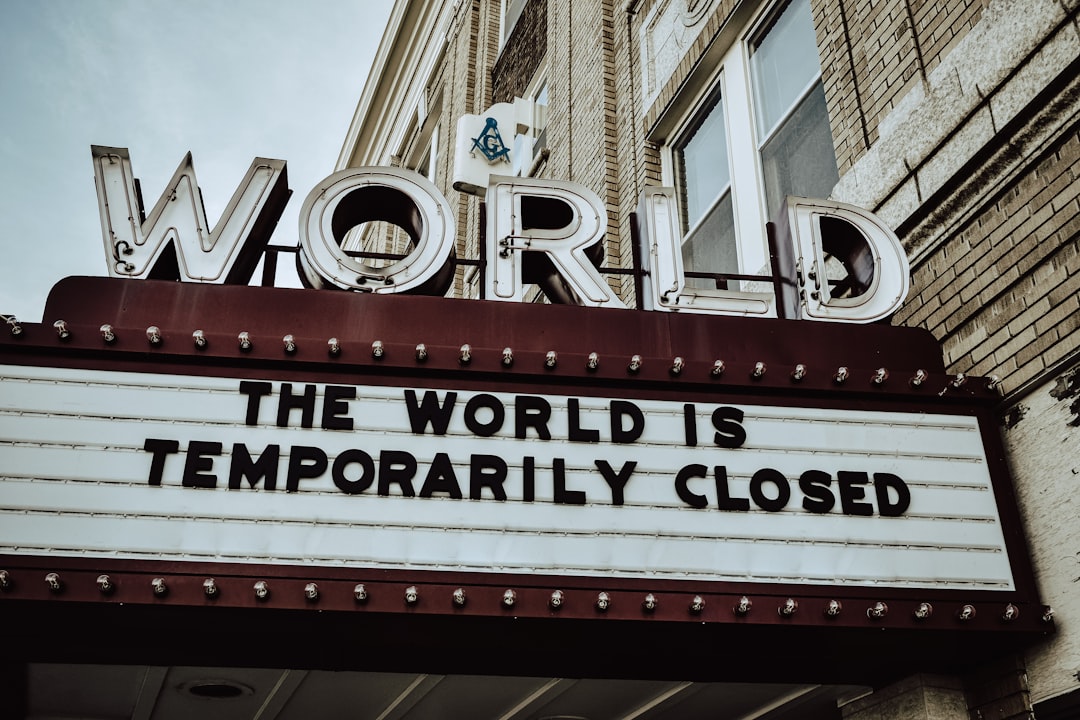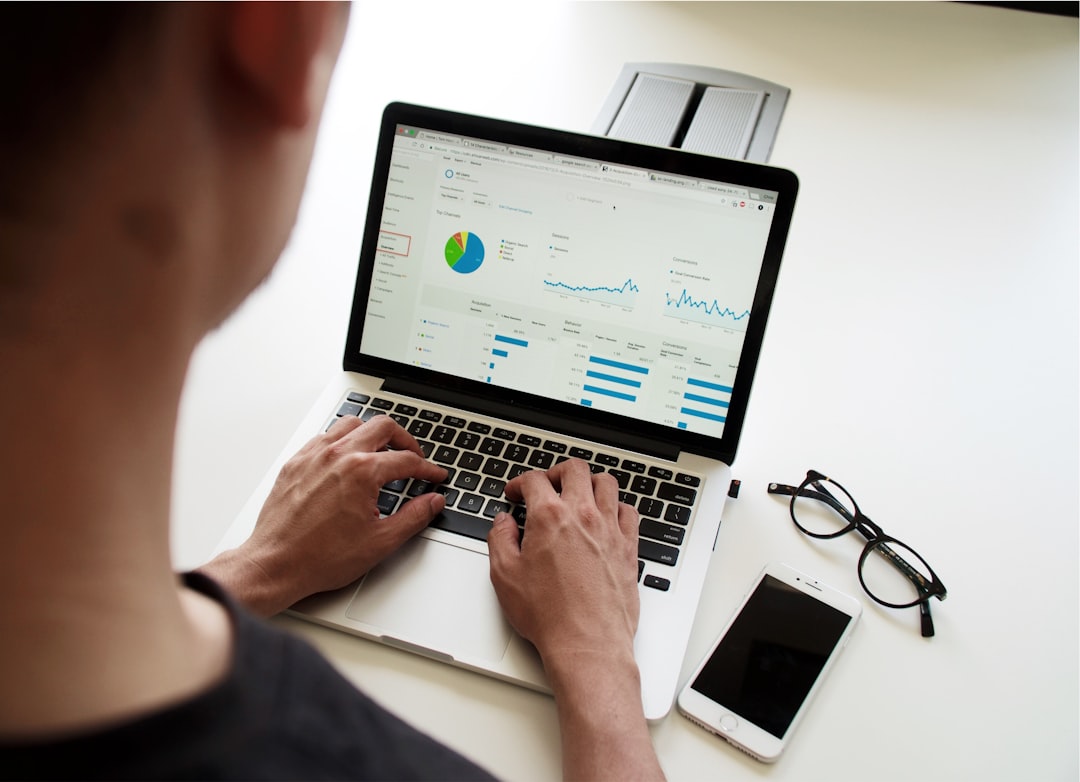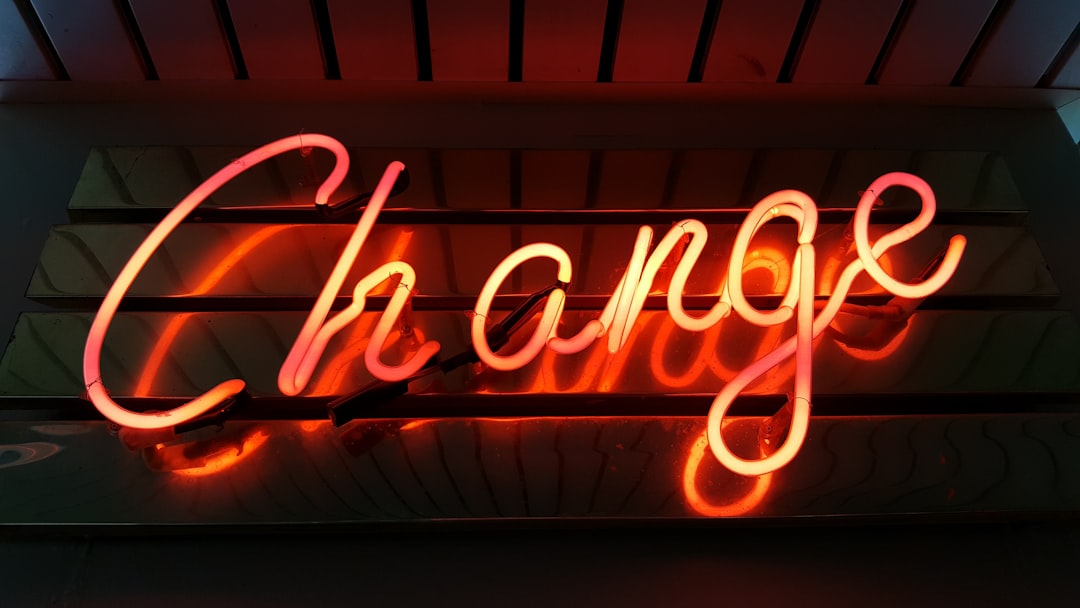
Shifting Sands: Understanding Changes in Consumer Spending Patterns
# Introduction. Consumer spending patterns are continually evolving, shaped by a multitude of factors including economic conditions, technological advancements, and cultural shifts. As businesses and entrepreneurs strive to resonate with their target audiences, understanding these changes is critical. This blog post delves into the various aspects of changing consumer spending patterns, analyzes the reasons behind these shifts, and offers insights on how businesses can adapt to remain relevant. ## The Impact of Economic Conditions. Economic conditions play a significant role in consumer spending patterns. During periods of economic growth, consumers tend to expend disposable income on luxury items and experiences. Conversely, during recessionary phases, spending often tightens as consumers prioritize essential goods and services. This shift in spending habits can be observed through various indicators such as retail sales data, employment statistics, and consumer confidence indices. One noteworthy trend during economic uncertainty is the rise in value shopping. Consumers increasingly seek out discounts, loyalty programs, and value-for-money propositions. Consequently, businesses may need to focus advertisements around affordability while continuing to deliver quality, thereby appealing to cost-conscious shoppers. For small and medium enterprises (SMEs), positioning offerings as budget-friendly yet desirable can create loyalty among diverse customer demographics. ## Technological Advancements and E-Commerce. The digital revolution has significantly impacted how consumers shop. E-commerce has grown exponentially, particularly following the global pandemic, fundamentally altering consumer spending habits. Shoppers now have access to an overwhelming variety of products and price comparisons at their fingertips. This accessibility has not only increased competitiveness among brands but also shifted consumer expectations surrounding convenience and personalization. Consumers today favor online platforms over traditional shopping methods, and they gravitate towards brands that utilize data analytics to tailor experiences and offers. Businesses that invest in robust e-commerce platforms and optimize their websites for mobile devices stand to gain a competitive edge. Additionally, incorporating AR/VR technology can enhance the online shopping experience, enabling consumers to visualize products in their spaces before making a purchase, thus promoting increased sales conversions and consumer satisfaction. ## The Rise of Sustainability Consciousness. Another significant shift in consumer behavior is the increased emphasis on sustainability. Today’s consumers are more aware of their environmental impact than ever before. This awareness shapes their purchasing decisions, propelling them to favor brands that align with their ethical values, particularly those that adopt sustainable practices in sourcing and production. To address this growing consciousness, businesses need to be transparent about their supply chains and communicate their environmental initiatives to consumers effectively. Brands that embrace eco-friendly practices often enjoy heightened loyalty and positive word-of-mouth among eco-conscious consumers. Social media plays a crucial role here, as customers share their experiences with sustainability-focused brands, increasing visibility and attracting like-minded shoppers. ## Preferences for Local and Handmade Products. In recent years, a notable trend has seen consumers gravitating towards local and handmade products. This shift can be attributed to a desire to connect with community and craftsmanship, as well as concerns about the carbon footprint associated with imported goods. The narrative around supporting local economies has gained traction, particularly during crises like the COVID-19 pandemic, encouraging consumers to prioritize homegrown businesses. Local products often carry a personal touch that mass-produced items lack, fostering deeper connections between producers and consumers. Businesses aiming to capitalize on this trend might highlight their local origins, emphasize handmade craftsmanship, and engage in community events to build rapport with customers. By leveraging local partnerships and marketing strategies, companies can entice consumers looking for unique, meaningful purchases. ## Conclusion. Adjusting to changes in consumer spending patterns is more imperative now than ever. By understanding economic indicators, harnessing technology, prioritizing sustainability, and supporting local artisans, businesses can thrive regardless of market conditions. In an ever-changing economic landscape, flexibility and awareness are key. As businesses adapt, they will not only navigate these transformative trends but also foster lasting relationships with their consumers, ensuring sustainable success. .








